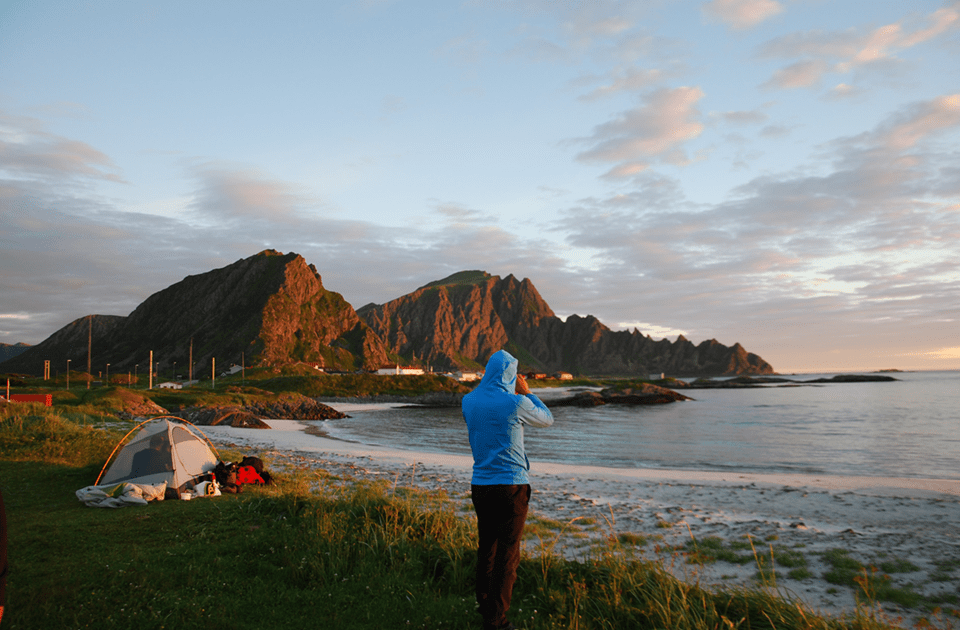
THE ULTIMATE OUTDOOR LIFESTYLE
22 januari 2022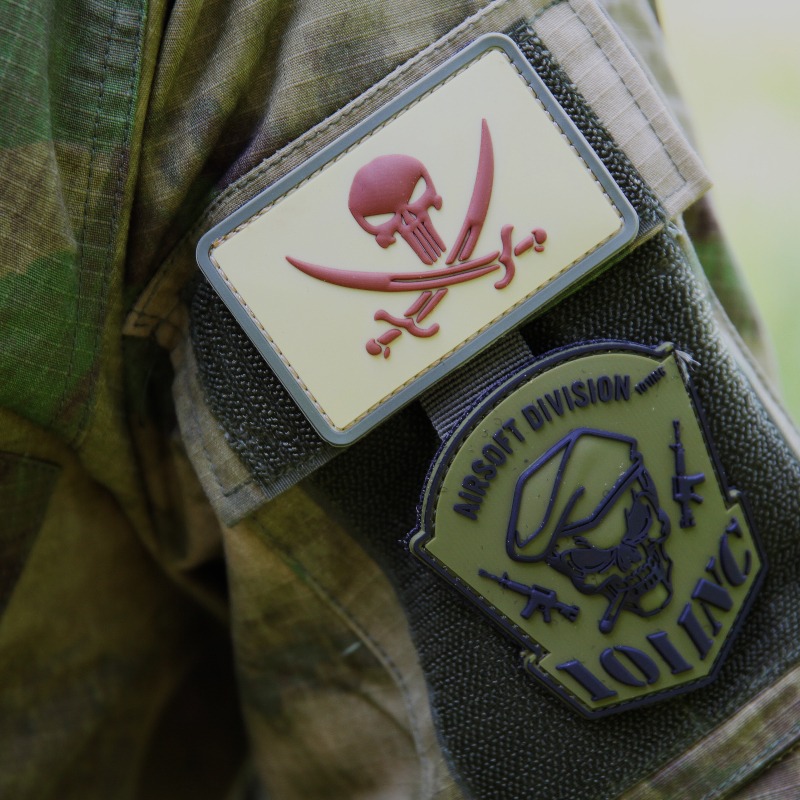
PATCHES
5 maart 2022TACTICAL GEAR - WHAT DO YOU NEED?
People have always used clothing to protect themselves and their families. In particular, law enforcement and military officials use many types of tactical gear – it can be the difference between life and death.
People also use tactical gear for travelling outdoors. Unlike with tactical gear that would be recommended in a war zone, protection against being fired upon or similar is not first priority. You’re probably not going to need items like body armour, a helmet, and ammunition storage. So, if travelling is your main reason for buying tactical gear, what should you invest in?
In this article we’ll explore some of the most useful gear for travelling. We’ve divided the gear into three types – universal gear, first aid, navigation and communication gear, and items for personal protection.
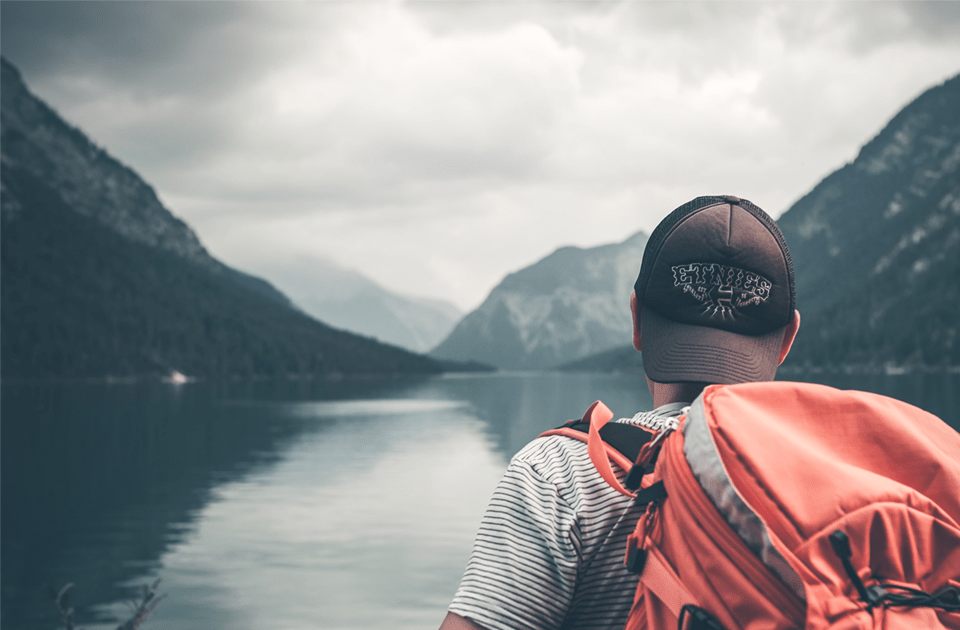
1. Universal gear
Universal gear may be defined as equipment that you may use for general purposes, such as when taking part in sports or outdoor activities like mountain biking, canoeing and trail running. If you’re going to travel and want to be equipped with the basics, you should consider investing in the following ‘must-haves’.
Waterproof shoes with sturdy soles
Are you going to hike through the mountains? Or trek through several countries with a backpack? Then you need suitable footwear. Carrying a backpack or other heavy gear means you are not as well-balanced as usual, and a quick slip could have major consequences. And one bout of heavy rain could lead to wet feet for the rest of the day without waterproof shoes. So, although your running shoes might feel super comfortable, they aren’t the best choice for this purpose. A pair of high-quality Gore Tex boots or hiking shoes will serve you much better.
Smart clothing
Tactical clothing has certain qualities that regular clothing does not have – it’s made with a specific purpose in mind. Are you travelling to a warm country? Then you want your clothes to wick moisture and not to hold in heat. In cold environments, layering clothing is advisable. The colour can also make a difference in terms of retaining heat. You always need to bear in mind which climate you will step into before buying tactical gear, especially if you are travelling to an area with significantly variable temperatures. Make sure that you equip yourself with a breathable rain jacket, preferably in flat colours like black, brown, olive or tan. By wearing a hard-shell jacket you increase your protection against inclement conditions like wind and rain. This benefit is amplified if you’re wearing body armour or other nylon gear, which can chafe against wet skin.
Practical gloves
If you want to protect your hands from cold, scrapes and even heat, a good, well-fitting pair of gloves is essential. Gloves also improve your grip when you have to deal with sweat, rain or snow. If you’re used to wearing a certain type of gloves, it’s a great idea to stick with that type when buying new ones as you are practised in handling stuff with those gloves.
A belt, a holster and magazine pouches
Gun-owners are fond of belts, holsters and magazine pouches. For tactical shooting, a thick belt, a holster, and some magazine pouches to carry your ammunition are key. Also, if you are going to travel, these items could be highly useful.
Traditionally, gun belts and rigger belts are made of leather. Leather is durable and practical, but the disadvantage is that leather belts do not have much modularity for mounting pouches or accessories. Padded belts, on the other hand, are much easier to attach accessories to. Alternatively, you could use a two-piece setup with an inner belt and an outer belt. A win-win, as you can send the inner belt through your belt loops for rigidity and waistband support. The outer belt connects with Velcro and offers PALS webbing for accessory mounting.
A tactical knife
Make sure that you bring a tactical knife in your belt. It can be used for many purposes – from self-defence to hunting to building a shelter.
Protection for your ears and eyes
For range trips, a set of items to protect your eyes and ears is key. You may think about electronic earmuffs with integrated microphones, but if you are inexperienced in using radio any set of electronic hearing protection will do its job.
Tactical eyewear is continuously developing. Goggles were common in the past, and are ideal in vehicles or deserts for protection against wind, dust, and smoke. Disadvantages are reduced peripheral vision and increased bulk. Ballistics glasses are more popular in most situations nowadays, with goggles saved for certain situations.
Whether you wear goggles or glasses, you can distinguish military grade eyewear by its high-quality removable lenses. These lenses will be more resistant to water, fogging, and scratching: ideal for anyone who is active outside.
A backpack or rucksack
Investing in a high-quality backpack is recommended if you do any kind of travelling outdoors. The difference between regular backpacks and tactical backpacks is the use of
premium materials and MOLLE/PALS-compatibility. The benefits are obvious: durability and capacity are maximised, and weight and snap minimised.
The difference between backpacks and rucksacks is that the latter are designed to distribute a heavy weight across the chest and hips of the person carrying the bag. This requires more adjustment points to be built into the bag.
Hydration
In any situation, and especially while being physically active in a warm environment, hydration is very important. Tactical backpacks often have built-in hydration sleeves: perfect to store your bottle. Want to travel with the lowest weight possible? Then you might choose a hydration bladder. Of course, any Nalgene bottle will also be sufficient to keep yourself hydrated while outdoors.
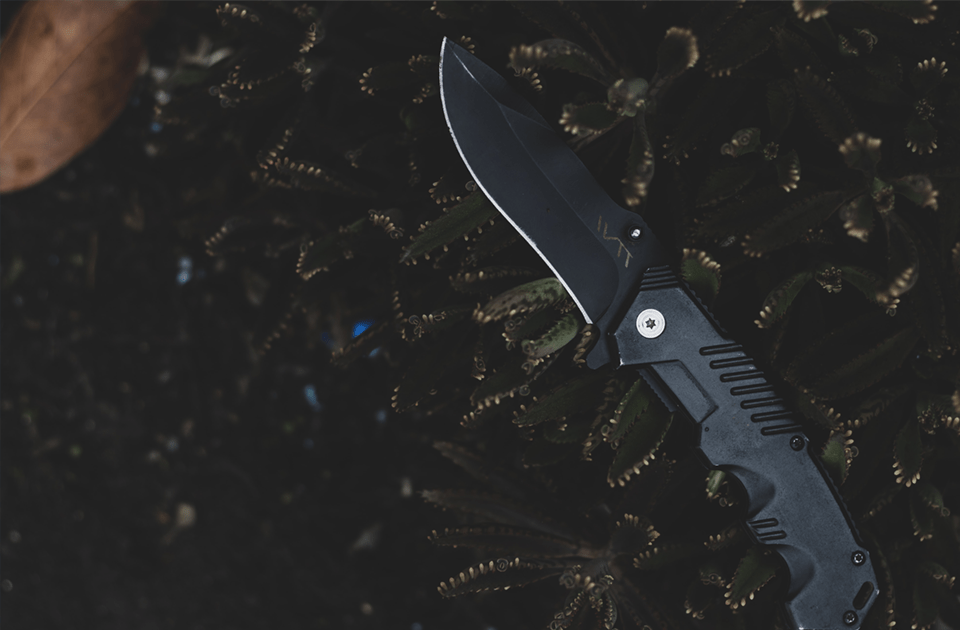
2. First Aid, navigation and communication
As well as the universal gear, you need to equip yourself with tools to stay safe and healthy while travelling. Make sure you cover the following items..
First Aid
First aid is an essential skill for any traveller. Basic first aid is valuable, but if you’re travelling far away from medical facilities you should consider investing in a tactical trauma kit and learning how to use the equipment in it. A regular first aid kit usually contains items such as gauze, trauma dressings, medical tape, hemostatic bandages, chest seals, shears, and nitrile gloves.
Tactical trauma kits include extra items like a decompression needle to prevent a lung collapse. These items can be dangerous and requires training before use. You do not want to make a wound or an injury worse!
Navigation
For travelling outdoors, a navigation tool is necessary. Next to the traditional maps, markers, and compasses electronic GPS systems are now highly popular. In some areas, you can use navigation apps on your phone, but this should not be relied upon. Topographical software and a mounting system may be valuable additions, in particular in more remote areas. Keep in mind that depending on electronic devices is always risky as electronics can fail and batteries can run low.
Communication
Communication is key when travelling in a group. Without the ability to communicate, you won’t be an effective group member and could even put yourself and others at risk. Therefore, it is important to have a reliable radio, like a PTT. A headset is also a great addition. If you want to take one step further, equipment that makes use of encryption technology could be valuable.
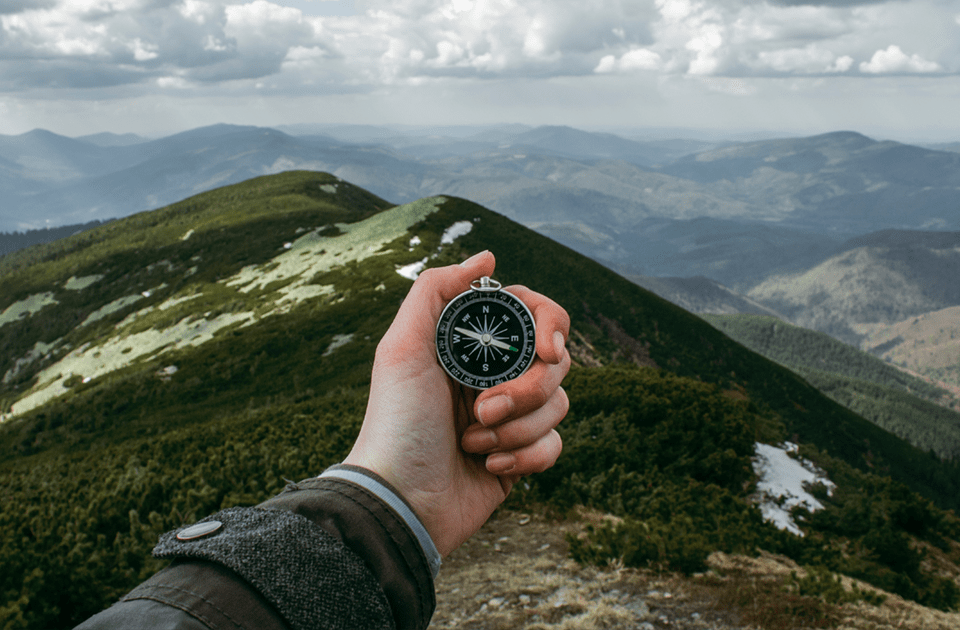
3. Personal protection
Last but not least, equipment for extra personal protection can support you if things get tough. Combat clothing, helmets, gas masks and chest rigs can all come in handy in extreme conditions.
Are you interested in tactical gear? At 101 INC we offer a broad range of clothing, kits, patches, bags and packs, headwear and other equipment. Operator pants, tactical backpacks, MOLLE pouches, belts, gloves and scarves – you name it, we’ve got it. Take care of yourself and others by travelling well-equipped? Check our products or our store locator.
